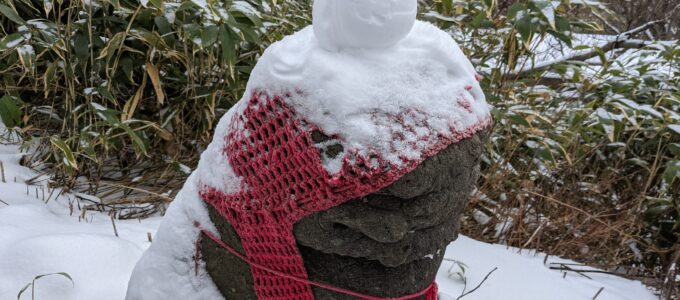Pretty much starved and three more hours to go until my flight out of Dubai, I was looking for food. Something filling. Tokyo destroyed my plan of eating something before taking off there since there was literally not a single shop open in Narita airport. Luckily Dubai wasn’t dead like that so I had plenty to choose from.



